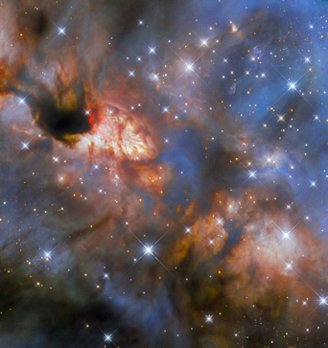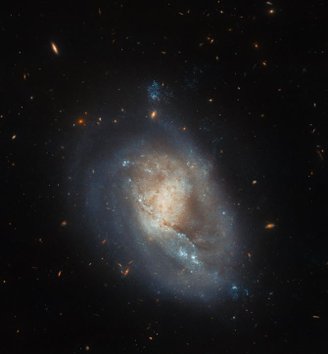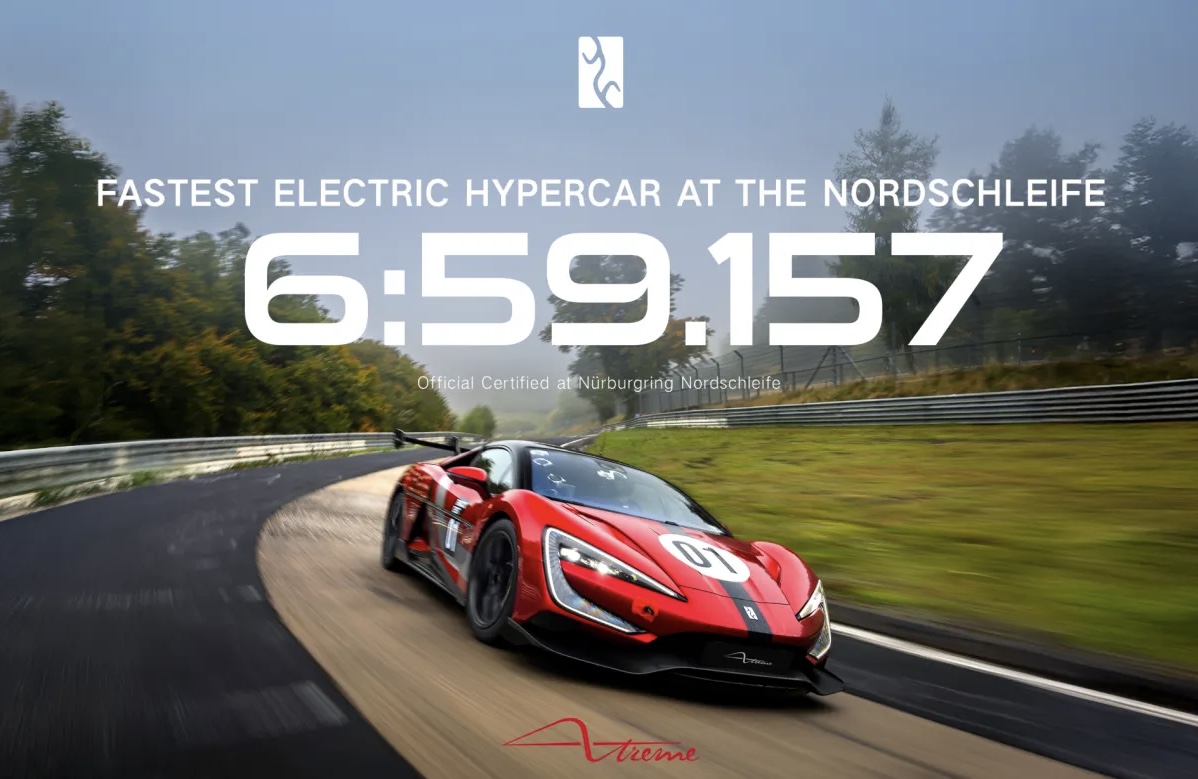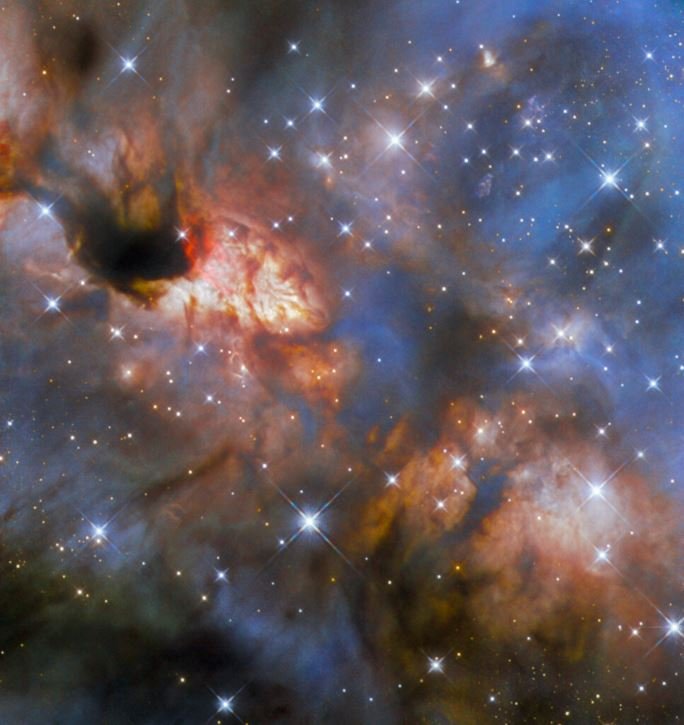In February 2024, the United States National Aeronautics and Space Administration (NASA) released some information. Stunning new images of space and the universe around us. In partnership with the European Space Agency (ESA) and the Canadian Space Agency (CSA), the agencies collected new data and contributed to providing new data to astronomy enthusiasts.
After examining dozens of regions of space using instruments such as the James Webb Space Telescope (JWST), the Hubble Telescope and the Euclid Telescope, astronomers have found some breathtaking news. Check it out below Beautiful Images presented in February.
ESO Galaxy 245-5
It may not seem like it, but the image below shows a dense region containing most of the ESO 245-5 galaxy; in addition to light from cosmic dust, gas and other more distant celestial bodies.
Located approximately 15 million light-years from Earth in the constellation Phoenix, the galaxy is classified as a type IB(s) system; This means that it is an irregular galaxy with a spiral structure, similar to the Magellanic type.
“Disorder in this context is quite intuitive: The galaxy does not appear to have a regular, orderly structure. In fact, the entire image here is covered by the stars of this galaxy. The second term means that the galaxy has a barred shape. At its centre: from the center of this image,” ESA explains in an official statement. passing dense star field.”
IRAS16562-3959
The region IRAS 16562-3959 is a star-forming region in the Milky Way located approximately 5,900 light-years from Earth in the constellation Scorpio.. Photographed by the Hubble Telescope, At the center of the region is a massive star in the process of formation that must be approximately 30 times the mass of the Sun..

The scientists’ goal is to use the data to better understand the birth and formation of large, bright stars in the galaxy.
“This image was compiled using observations from Hubble’s Wide Field Camera 3 (WFC 3). Detailed color nuances are possible thanks to four separate filters used to collect the data. The filters are made of highly specialized material that only allows light of very specific wavelengths to pass through.” “They are thin strips,” it was explained in a publication.
Dwarf galaxy IC 3476
Featured in the photo is dwarf galaxy IC 3476, a region undergoing dynamic decompression to aid star formation. The system is located approximately 54 million light-years from Earth in the constellation Coma Berenice.
Researchers say studying the region could help them understand many details, such as the dynamic pressure process that can trigger star formation.

“Dynamic pressure can also cause other parts of the galaxy to compress, which can actually trigger star formation. This is what appears to be happening in IC 3476: there appears to be absolutely no star formation occurring at the edge of the galaxy, bearing the brunt of the decreasing atmospheric pressure, but at the very edge of the galaxy “Star formation rates in its deep regions appear to be sharply above average,” ESA adds.
Did you like the content? So, stay up to date with all your astronomy-related curiosities on TecMundo. If you want, take the opportunity to understand how the Hubble telescope photographs bright galaxies on a collision course.
Source: Tec Mundo
I’m Blaine Morgan, an experienced journalist and writer with over 8 years of experience in the tech industry. My expertise lies in writing about technology news and trends, covering everything from cutting-edge gadgets to emerging software developments. I’ve written for several leading publications including Gadget Onus where I am an author.












